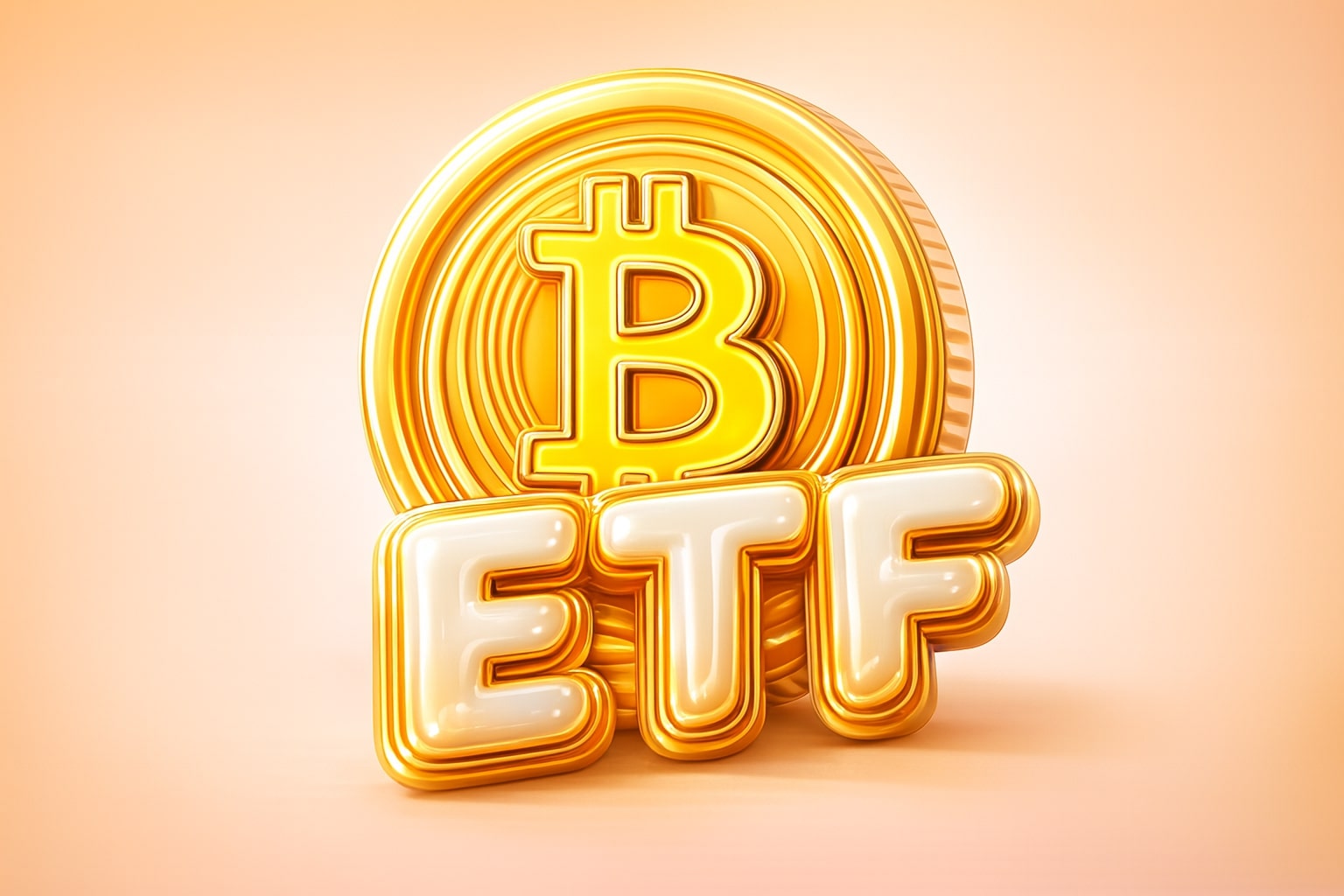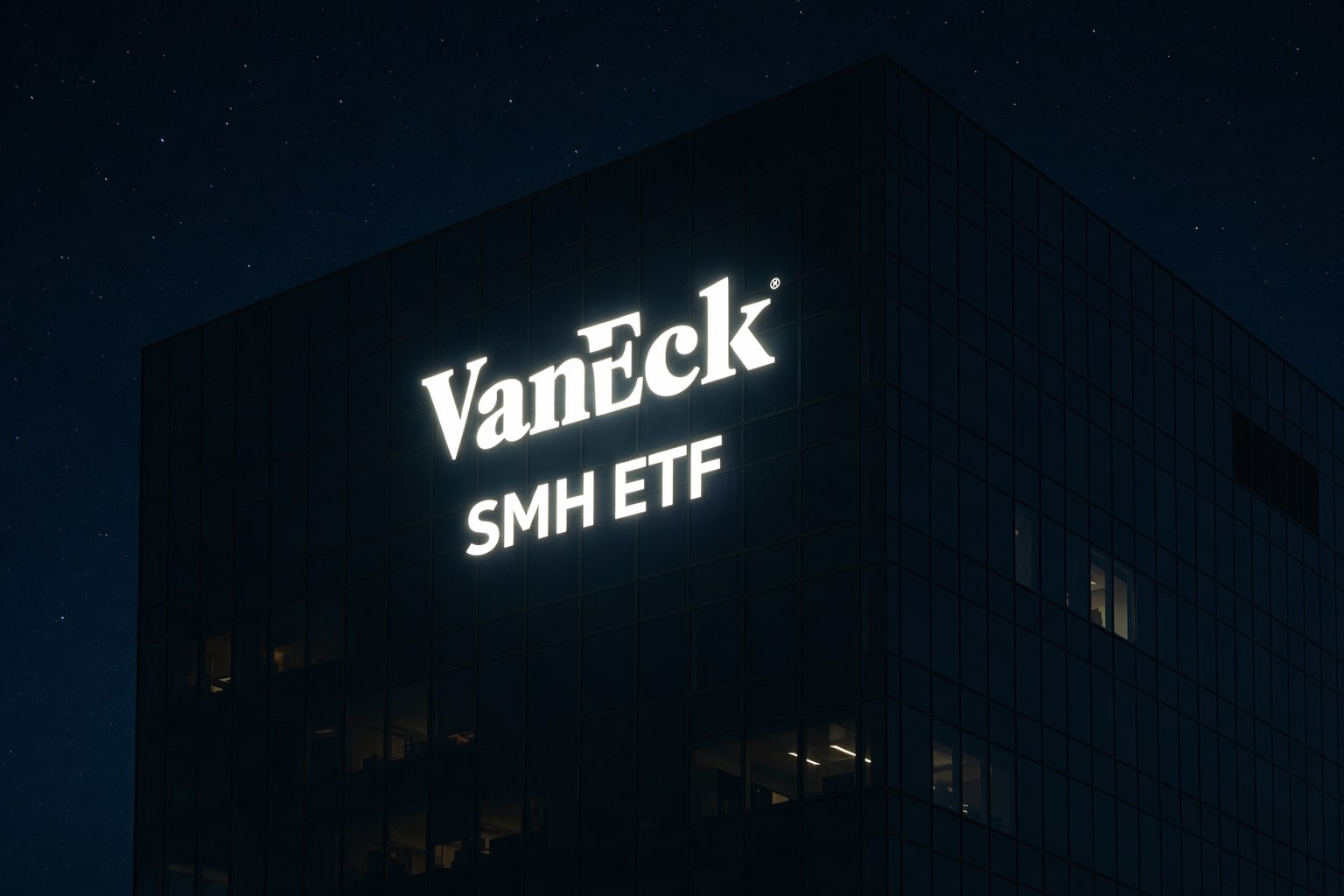
Ethereum Price Forecast - ETH-USD Holds $3,890 Support as $246M Institutional Inflows Signal Renewed Accumulation
After Friday’s close, Ethereum trades near $3,891, consolidating below $4,000 as ETF flows, Layer-2 upgrades, and institutional buying drive anticipation of a breakout toward $5,000 in November | That's TradingNEWS
Ethereum (ETH-USD) Price Analysis: Institutional Inflows Rise to $246M as ETH Holds $3,890 Support Ahead of November Breakout
Ethereum (ETH-USD) finished Friday near $3,891.61, inching 0.79% higher as traders weighed mixed ETF flows, volatile on-chain signals, and renewed institutional accumulation. Despite failing to reclaim the $4,000 handle, Ethereum maintained resilience amid a softening crypto market led by Bitcoin’s correction from $110,000. The world’s second-largest cryptocurrency by market cap, now valued at $467.7 billion, continues to consolidate within a tightening triangle formation, with critical support between $3,750–$3,800 and upside potential toward $4,250–$4,800 if momentum returns in early November.
ETF Flows and Institutional Accumulation Define the November Setup
Ethereum’s near-term tone remains shaped by institutional behavior. The latest ETF flow data showed a $246 million net inflow into spot ETH funds during the last week of October, partially reversing prior outflows. While BlackRock’s ETHA fund absorbed $21.4 million, Fidelity’s FETH saw $69.5 million in outflows, highlighting a rotation between institutional products rather than a full-scale retreat. The overall shift underscores ongoing appetite among asset managers seeking exposure ahead of expected Fed rate cuts in December.
Meanwhile, BitMine Immersion Technologies expanded its holdings to 3.31 million ETH, now representing roughly 2.8% of total circulating supply, valued at $13.3 billion. The concentration of ETH among institutional treasuries—spanning over 70 corporate entities holding more than 6 million ETH in total—confirms that Ethereum remains the preferred blockchain infrastructure for financial institutions transitioning into digital assets. These flows mirror the early accumulation patterns seen in Bitcoin ETFs during Q2, suggesting latent upside once macro headwinds ease.
Technical Landscape: Compression Builds Below $4,000 Resistance
Price action on the ETH/USD daily chart shows narrowing volatility as traders await confirmation of Ethereum’s next move. The asset continues to trade inside a symmetrical triangle formed since mid-October, with support near $3,750–$3,800 and resistance capped at $4,250–$4,300. The 20-day EMA has flattened, signaling indecision, while the RSI near 46 reflects neutrality with a mild upward bias.
Failure to hold the $3,800 support could expose ETH to deeper retracement levels at $3,509 and $3,385, corresponding to the 0.618 Fibonacci zone that previously triggered reversals. Conversely, a daily close above $4,030 could ignite a bullish breakout targeting $4,536, with the potential to retest the psychological $5,000 threshold if institutional inflows sustain. Historical fractals show that Ethereum rallies an average of 11–15% following confirmed symmetrical-triangle breakouts—implying a medium-term upside scenario toward $4,800–$5,000 before the year’s end.
Ethereum 2.0 and Network Fundamentals Support Long-Term Value
Ethereum’s shift to proof-of-stake (PoS) continues to underpin its structural resilience. The Ethereum 2.0 upgrade has cut network energy consumption by over 99% and improved staking rewards stability around 4.5% APY. More than 33.5 million ETH—roughly 28% of total supply—is now locked in staking contracts, reducing liquid supply and tightening market float.
At the same time, decentralized finance (DeFi) activity remains robust, with total value locked (TVL) across Ethereum protocols at $149.98 billion, accounting for nearly 70% of global DeFi liquidity. Projects leveraging Layer-2 scaling, such as ZKsync’s Atlas upgrade, are now processing up to 30,000 transactions per second, reinforcing Ethereum’s position as the dominant smart-contract platform. Co-founder Vitalik Buterin’s endorsement of ZK-based protocols last week sparked a 50% rally in the ZK token, highlighting growing optimism over scalability improvements.
The combination of decentralization, yield mechanics, and cross-chain interoperability makes Ethereum the backbone of stablecoin and institutional DeFi infrastructure. Currently, 53% of all stablecoins—over $160 billion in supply—reside on Ethereum, generating consistent network fees even during periods of price consolidation.
Macro Conditions: Fed Caution and U.S.–China Trade Talks Add Volatility
Global macroeconomic shifts remain critical for ETH/USD. The Federal Reserve’s recent 25 bps rate cut to the 3.75–4.00% range initially boosted crypto sentiment but was followed by hawkish remarks from Chair Jerome Powell, who emphasized “incomplete” inflation progress. This tempered enthusiasm and strengthened the U.S. Dollar Index (DXY) to 100.20, capping Ethereum’s breakout attempts.
Meanwhile, the U.S.–China tariff reduction—a 10% cut in existing duties—briefly fueled optimism across risk assets before fading as investors questioned its economic impact. These macro variables, alongside declining futures open interest (–2.7% to $46B), explain Ethereum’s muted follow-through despite positive on-chain metrics. The interplay between macro liquidity cycles and crypto ETF demand will determine whether ETH sustains momentum above $4,000 heading into mid-November.
Whale Behavior and On-Chain Flows: Liquidity Pressure Below $4,000
On-chain data shows a distinct tug-of-war between short-term traders and long-term holders. Whale activity cooled after the late-October “sell-the-news” response to the Fed’s move, with ETH exchange inflows rising 8.3% week-over-week, signaling renewed selling from high-balance wallets. However, staking deposit contracts have absorbed much of this supply, stabilizing price action near $3,900.
Notably, whale accumulation between $3,700–$3,800 remains strong, suggesting that deep-pocketed investors view the current zone as a long-term accumulation range. Derivatives markets tell a similar story—funding rates have normalized to 0.01%, indicating balanced positioning and absence of speculative excess. If this equilibrium persists, a breakout from current compression could deliver a sharp directional move, with liquidity skewed toward upside recovery.
Comparative Strength: Ethereum Versus Bitcoin (BTC-USD)
While Bitcoin (BTC-USD) dominates headlines with its surge toward $110,000, Ethereum’s relative strength index against BTC has begun to stabilize. The ETH/BTC ratio at 0.0354 suggests undervaluation based on historical mean reversion models. Institutional traders often rotate into ETH following extended BTC dominance cycles, a trend that historically precedes Ethereum outperforming by 15–20% during recovery phases.
The upcoming ETF rebalancing cycle in late November could catalyze such a rotation, especially if macro conditions stabilize and ETH’s on-chain activity continues to outpace Bitcoin’s transaction growth. Ethereum’s yield-bearing structure through staking adds an income component Bitcoin lacks, reinforcing its attractiveness for institutional treasuries.
Read More
-
SMH ETF: NASDAQ:SMH Hovering at $350 With AI, NVDA and CHIPS Act Fueling the Next Move
16.12.2025 · TradingNEWS ArchiveStocks
-
XRP ETFs XRPI and XRPR: Can $1B Inflows Lift XRP-USD From $1.93 Back Toward $3.66?
16.12.2025 · TradingNEWS ArchiveCrypto
-
Natural Gas Price Forecast: NG=F Falls to $3.80–$3.94 as Warm Winter Kills $5.50 Spike
16.12.2025 · TradingNEWS ArchiveCommodities
-
USD/JPY Price Forecast - USDJPY=X Slides, BoJ 0.50% Hike, Fed Cut and NFP Set the Next Big Move
16.12.2025 · TradingNEWS ArchiveForex
Market Outlook: Between Consolidation and Catalyst
Ethereum’s technical compression and fundamental strength suggest that volatility is brewing beneath the surface. The immediate test lies at $3,800–$3,900 support—a critical line separating consolidation from breakdown. Sustained ETF inflows, positive regulatory commentary, or another Layer-2 breakthrough could reignite a move toward $4,500–$4,800, while a failure to defend $3,750 could open the path toward $3,385–$3,400.
With sentiment split, long-term investors continue accumulating amid short-term noise, positioning Ethereum for potential revaluation once liquidity returns to risk assets.
Verdict: Buy — Ethereum’s Structure Remains Intact, Accumulation Zone Holds
Despite temporary weakness, Ethereum (ETH-USD) remains structurally bullish. Institutional inflows, network fundamentals, and Layer-2 expansion continue to support long-term appreciation. The correction below $4,000 represents consolidation, not reversal. As long as the $3,750 floor holds, the setup favors accumulation ahead of a likely Q4 breakout toward $4,800–$5,000.
Momentum confirmation above $4,030 would mark the transition to an active bull phase, with macro catalysts and ETF liquidity providing the trigger for Ethereum’s next leg higher.

















